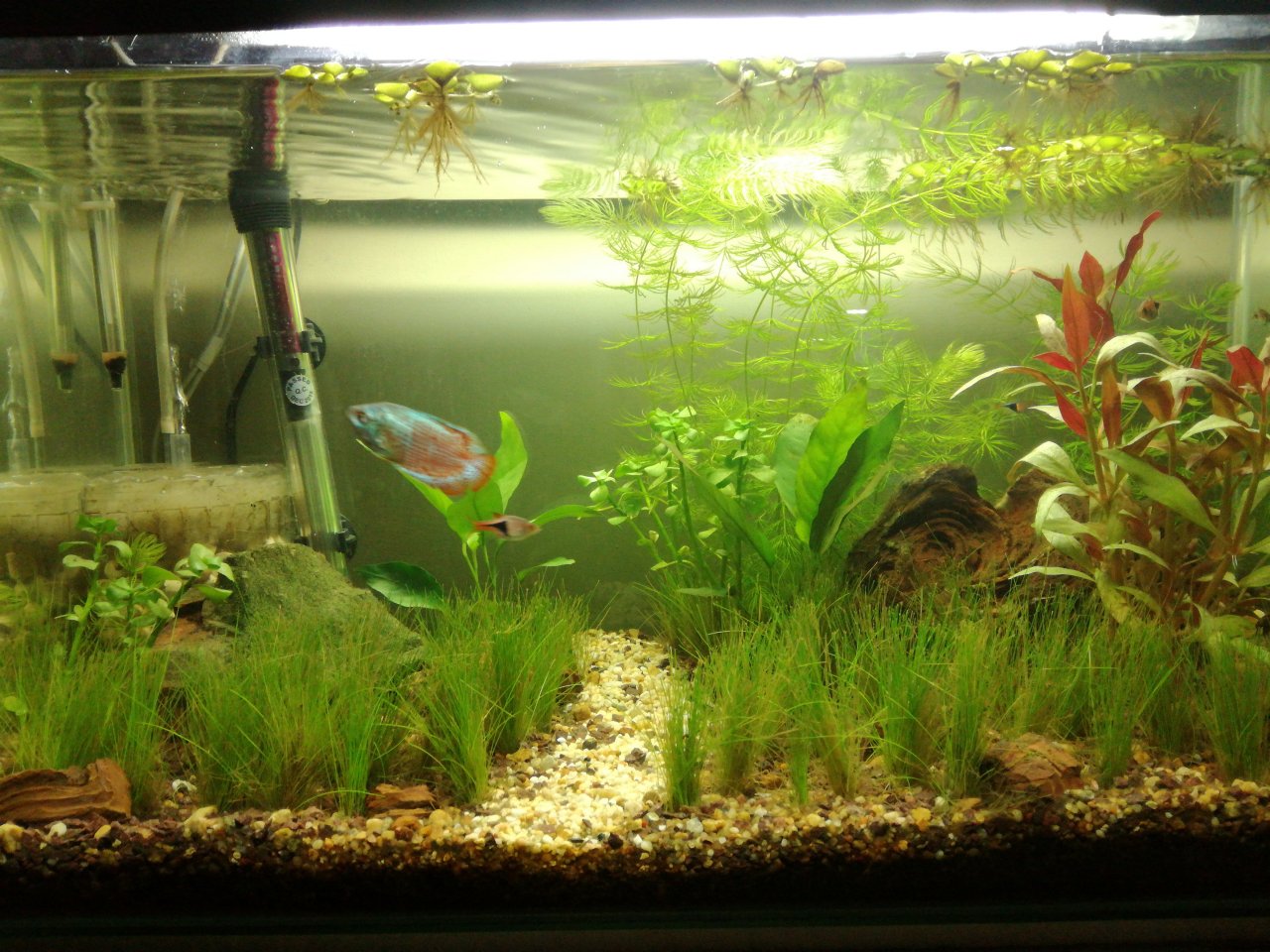
Planted Aquarium | Best How to Set up a Planted Aquarium
Contents
STARTING A PLANTED AQUARIUM
Introduction :
I hope you never thought you could get away with maintenance. Because without proper maintenance, the beautiful planted aquarium before you will soon turn into an ugly sight! Algae would cover your plants and driftwoods, becoming a real pain to remove. Fortunately, maintaining a planted aquarium is no rocket science. Read on, and you’ll have a high chance of having a successful tank!

Basics :
Fertilization includes liquid nutrients, lightings, and carbon dioxide. And it can be said that the maintenance of a planted aquarium is largely about proper fertilization. Without proper fertilization, algae have a chance to seriously mess up your tank. And algae really have it easy. All they need is one nutrient to bottom out, and plants will have difficulty growing well, allowing algae to use any excess nutrients to grow.
But really, it’s not insanely difficult. All you need is to get your numbers right. After which all you got to do is stick to maintaining a strict fertilizing regime.
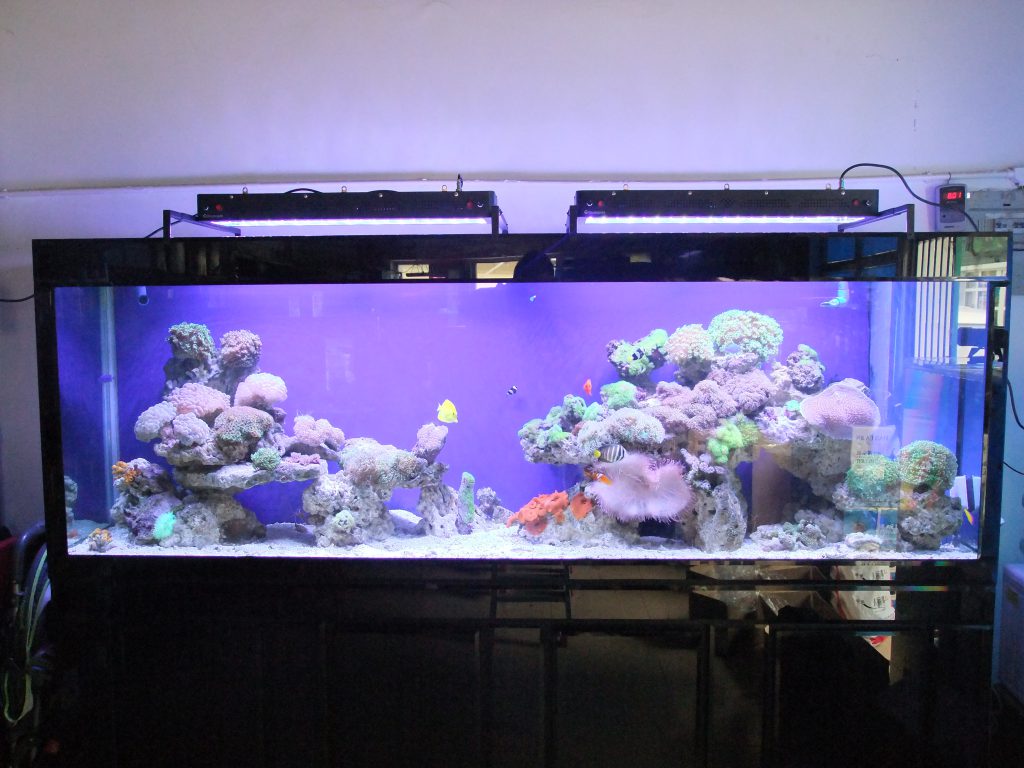
Lightings :
Let us start with the easy one. Maintaining the lights is a no-brainer. Purchase a timer, as I suggested in Part II of the series, and you may practically leave it alone for 6 months. And when 6 months is up, it is then advisable to change the light bulb/tube, as its intensity would have dropped.
If you have yet to purchase your lighting, then I suggest you read Part II of our series. The article outlines the costs and basic equipment selection tips, including lightings.
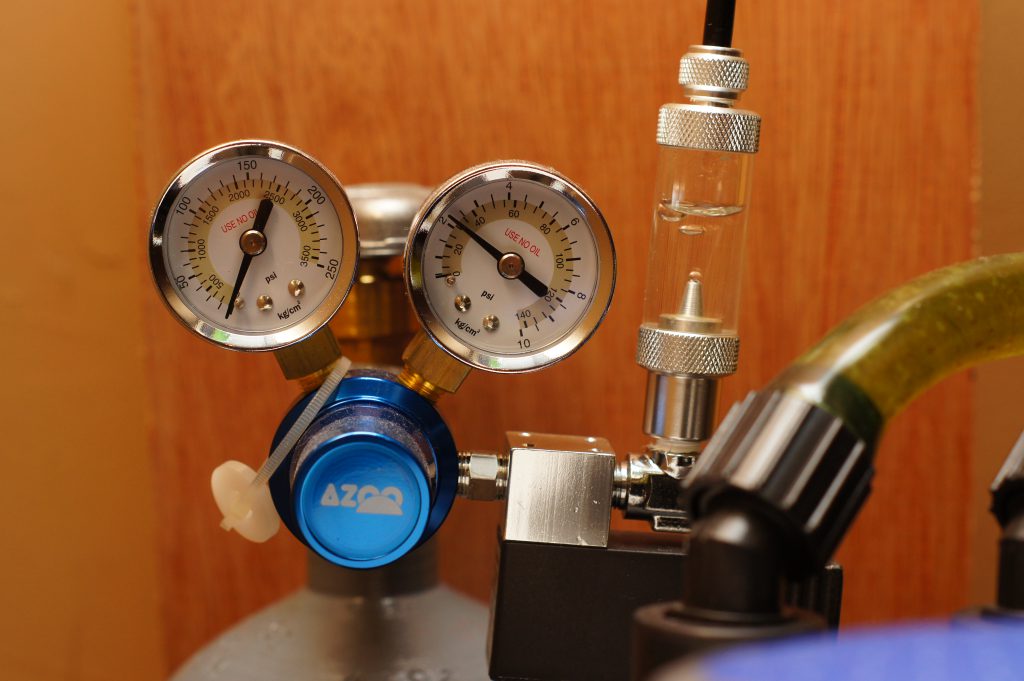
Carbon Dioxide (CO2) :
CO2 is perhaps the most important part of every planted aquarium. Are you using yeast-driven CO2, cylinder CO2, or Seachem Flourish Excel? If you use Seachem Flourish Excel, then simply dose according to instructions and you should do fine. Be careful not to overdose Excel, as it can be deadly to your live-stocks. As for the other two methods, how do you determine how much CO2 to inject? You’ll need these three things:
- pH test kit
- A test kit
- Aquarium CO2 Calculator
By simply inputting your tested pH and KH into the Aquarium CO2 Calculator, it’ll present to you the estimated CO2 level in your water. Using this information, maintain CO2 in the range of 25-35ppm.
This method, called the nomographic method, is probably the most cost-effective and accurate way of determining the CO2 level. Avoid buying CO2 test kits. Most of them use the titration method to test for CO2, which is usually inaccurate. pH and KH measurements are the way to go.
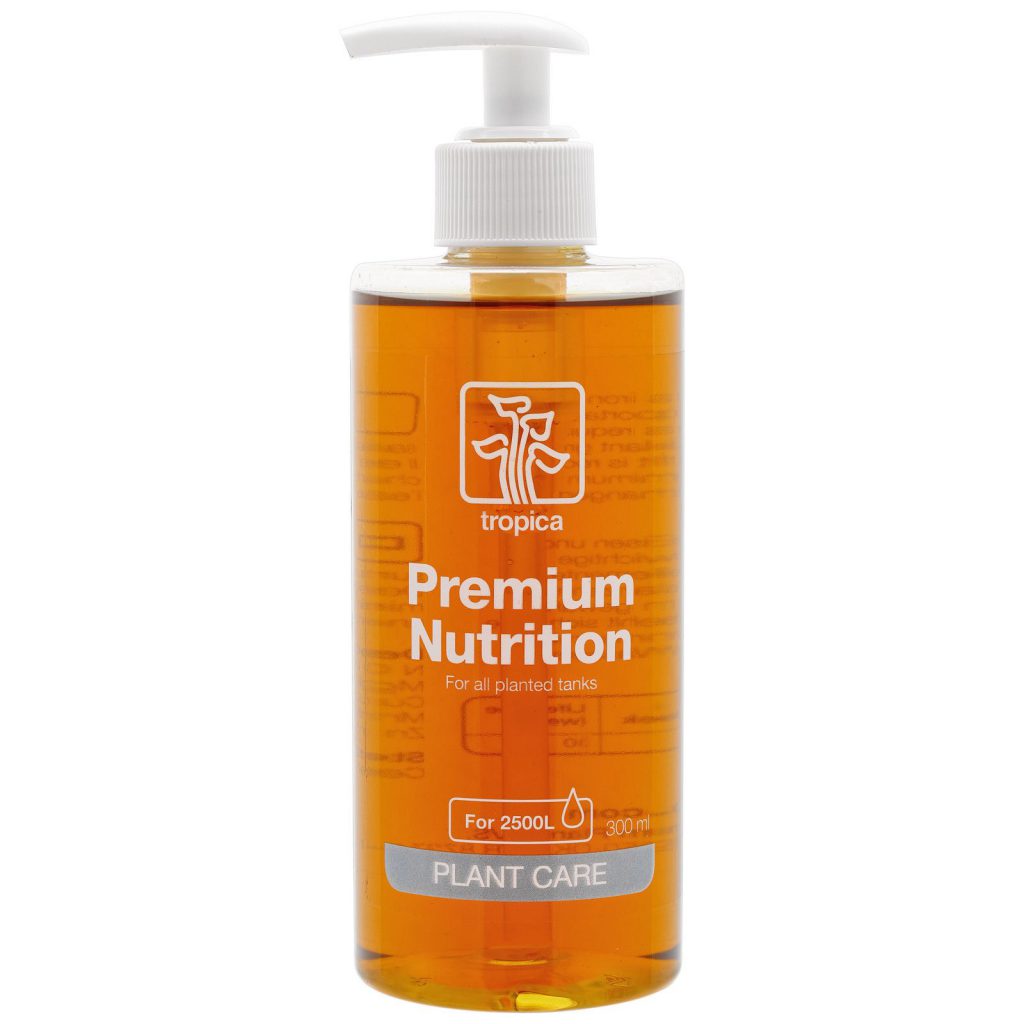
Liquid Nutrients :
Liquid nutrients are perhaps the trickiest. Reason being:
- It can be more complicated than simply following your fertilizers’ label instructions.
- To fully understand this topic, it’ll probably take quite a bit of reading beyond this article.
So let me attempt to make this easier to understand. First, here are some facts that you should keep in mind:
- No single nutrient that the plants require should bottom out during lights on.
- Excess nutrients do not cause algae, contrary to what many authors in the past believe.
With these facts, we can implement the Estimative Index. Invented by Tom Barr, the Estimative Index is a method of dosing nutrients for any tank without test kits. In short, the Estimative Index is about dosing frequently to prevent any nutrient from running out, and doing large weekly water change to prevent any nutrient from building up.
The beauty of this dosing system lies in its estimative nature. Purchasing a set of test kits for every nutrient is not only costly, but hobby grade test kits are not very accurate at all. And adjusting your nutrients in accordance with fallacious readings can be disastrous.
So instead of relying on test kits which accuracies you can never be certain of, we rely on estimations. And Tom Barr has proven in his article that his method does indeed produces very good results.
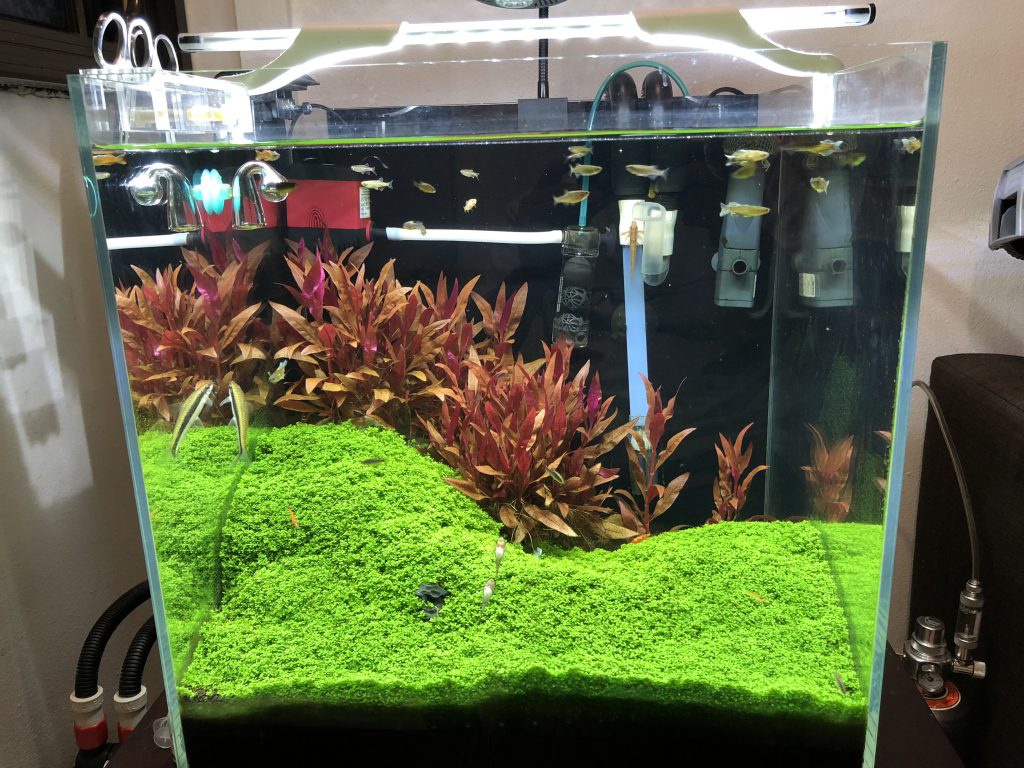
I would strongly recommend that you read through the Estimative Index to truly understand the concept and implementation. But in short, the Estimative Index suggests that the below amount be added on every dosing:
- NO3 range 5-30 ppm
- K+ range 10-30 ppm
- PO4 range 1.0-3.0 ppm
- Fe 0.2-0.5 ppm or higher
To assist you in calculating how much of each nutrient to add in terms of ml, Fishfriend.com has developed the FertFriend fertilizer dosing calculator. It contains a list of commonly-used liquid fertilizers.
Simply select the fertilizer you are using, and input fertilizer amount and tank water volume. The calculator will then let you know how much ppm of each nutrient will be added, for that amount of fertilizer and in that volume of water.
If you use dry powdered fertilizers like KNO3, KSO4, and KH2PO4, you may use Chuck’s Planted Aquarium Calculator to determine the proper amount of fertilizer and water to mix.
Then depending on whether your planted aquarium is of low light or high light setup, and whether it is of low or high plant density, adjust the frequency of the dosing accordingly. For those with low light and low plant density, you could probably get by with once a week.
But most setups would require dosing twice or trice a week. Observe your plants and keep experimenting to find out what frequency works best for your tank. Do keep in mind that you should only adjust the frequency of dosing and not the dosage. Every time you dose, the dosage should always be within the numbers above.
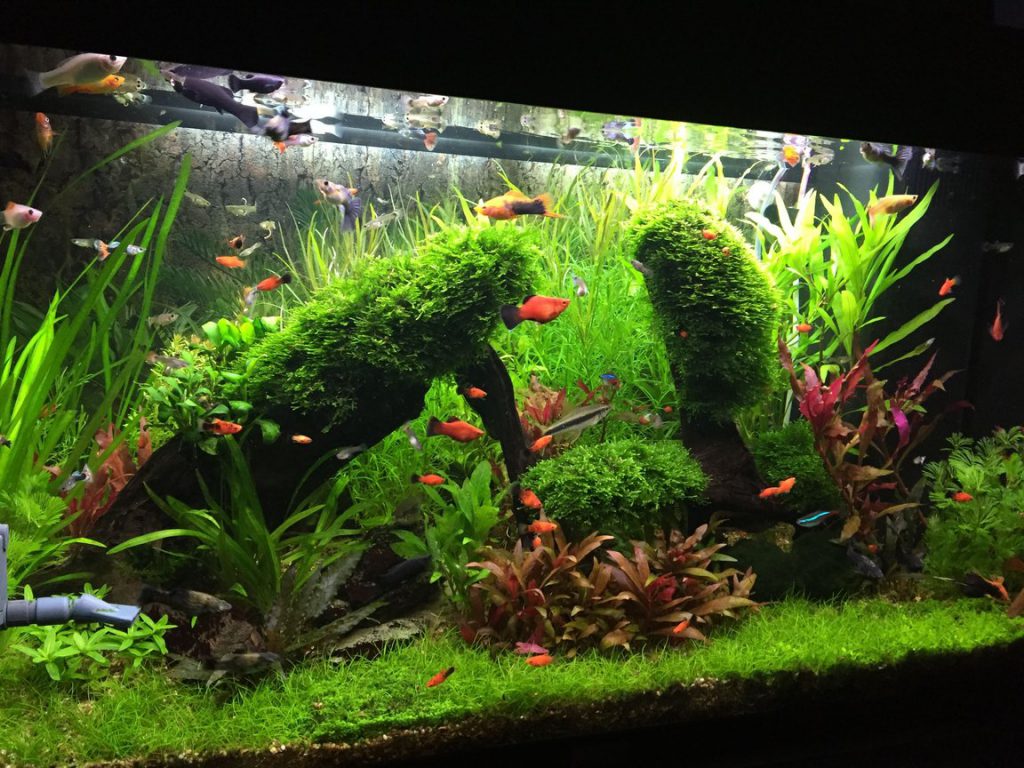
Once the first 7 days are up, perform your first weekly water change. A 50% change is good enough. It is sufficient in preventing nutrients from building up and at the same time keeping fish stress at a minimal. I can understand that 50% may seem a lot for those with larger tanks. So it is worth considering implementing an easy water change method to keep the hobby from becoming a chore!
Conclusion :
Do all the above correctly and stick strictly to the regime, and you should have no problem keeping your plants healthy and green. And at the same time, algae will have a tough time trying to invade your tank! And with this article, we have come to the end of our Starting A Planted Aquarium series. I hope the series will in some way help you achieve your dream planted aquarium!
